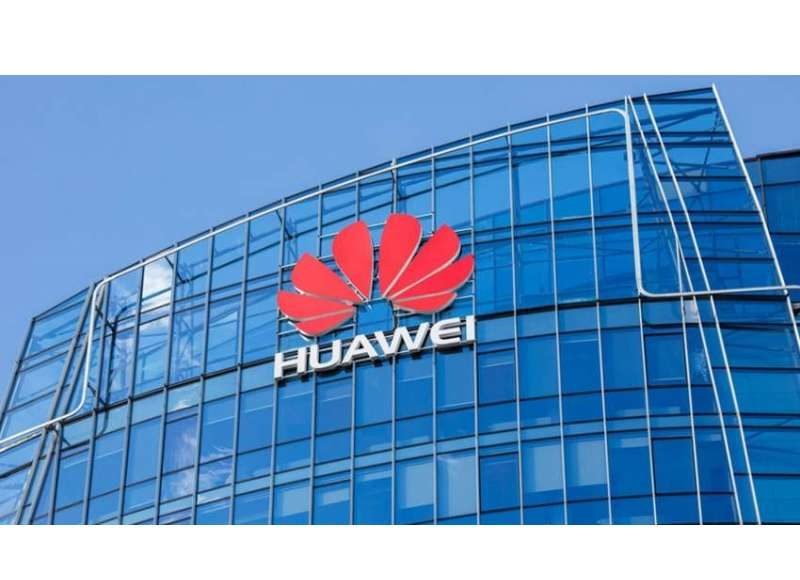Huawei, which was desperate to break into the European market, sprang into action. Yu, who was vice-president of wireless networks then, canceled all of his appointments and worked with Huawei’s small team in Europe and engineers back in China to devise a solution. Within a week, they came up with one – a base station that could be deployed in two parts, required little space to install and was cheaper to run.
Telfort was impressed. Within months the deal for a 10-year contract worth 230 million euros was sealed and Huawei was on the map. The next year, it won contracts from BT Group, formerly British Telecom, and became a supplier to Vodafone Group, one of the world’s largest mobile carriers. “Huawei was not dominant in China at the time, they were well-positioned with customers like China Mobile but they said that if you want more business in China then you need to show us you’re an international company,” Stefan Scheuerle, a former Huawei sales executive who worked on the Telfort deal, said in an interview.
Today, Huawei is the world’s largest telecommunications equipment maker and gets almost half of its more than US$100 billion in annual revenue from overseas markets. But its acceptance in Europe, where it has an estimated 30 percent of the market, is under threat.
Huawei started out as a trader of telecoms equipment, purchasing telephone switches from Hong Kong and a Zhuhai company, and reselling them to post offices and mining sites in rural areas. It was a lucrative business, as resources were scarce in China at the time.In 1991, Ren invested all of his capital to develop Huawei’s own switch products with a research and development staff of about 50.
In the 1990s, “Huawei” was synonymous with low prices, poor quality but excellent service. The company’s switches were not very reliable and often broke down. But what Huawei did not have in quality it made up for with service.
Today, almost one in two of its staff are involved in research and development and the company’s annual research and development budget runs to as much as US$20 billion, more than its three closest rivals combined.
Huawei had a 28 percent share of the global telecoms equipment market as of the third quarter of 2018, increasing its market share by 4 percentage points since 2015, according to research firm Dell’Oro Group.
Last month, the US filed charges against Huawei, accusing it of conspiring to steal technology from US operator T-Mobile and violating US sanctions by concealing its business ties in Iran. Huawei has denied committing the asserted violations set out in the indictments.
But its acceptance in Europe, where it has an estimated 30 percent of the market, is under threat. The US is pressuring European countries to block Huawei, citing national security concerns that the company has strenuously and repeatedly denied.
The US wants to ensure that the backbone of 5G networks, which promise to deliver data speeds up to 100 times faster than existing 4G systems, are provided by friendly nations, arguing that the infrastructure also supports military uses.China’s shrill promotion in recent years of an industrial modernization plan had caught the attention of hawks in US circles, who viewed it as a threat to America.While China has hit back at the US, accusing it of hypocrisy in using state power to suppress Huawei, the damage has already been done.
Meanwhile, the UK National Cyber Security Centre has determined that there are ways to limit the risks from using Huawei in new 5G networks, the Financial Times reported on Monday, citing people familiar with the matter. This conclusion would carry weight with other European leaders given the UK is part of the Five Eyes intelligence-sharing network together with Australia, Canada, New Zealand, and the US.
The stakes are high, with Huawei competing against the likes of Cisco, Ericsson, and Nokia for billions of dollars’ worth of potential next-generation network contracts. The only way to ensure that a piece of software or hardware does not contain back doors is to have independent trust experts audit the code. There is simply no substitute for looking at code. Huawei has been supplying access network kit to the UK’s fixed and mobile networks for over 15 years. If there was a smoking gun, you would think someone might have found it by now in the code.




